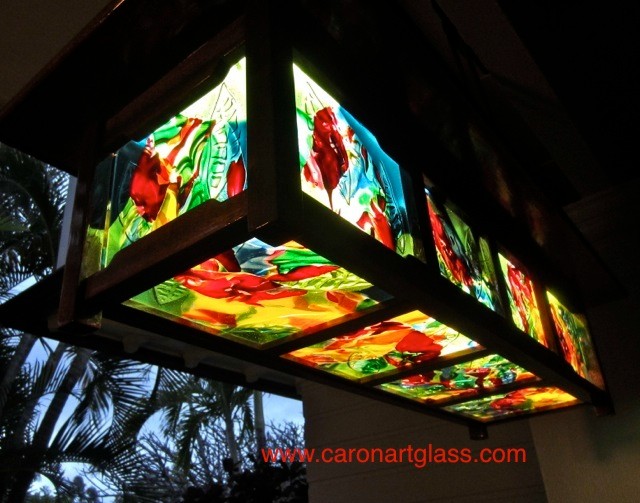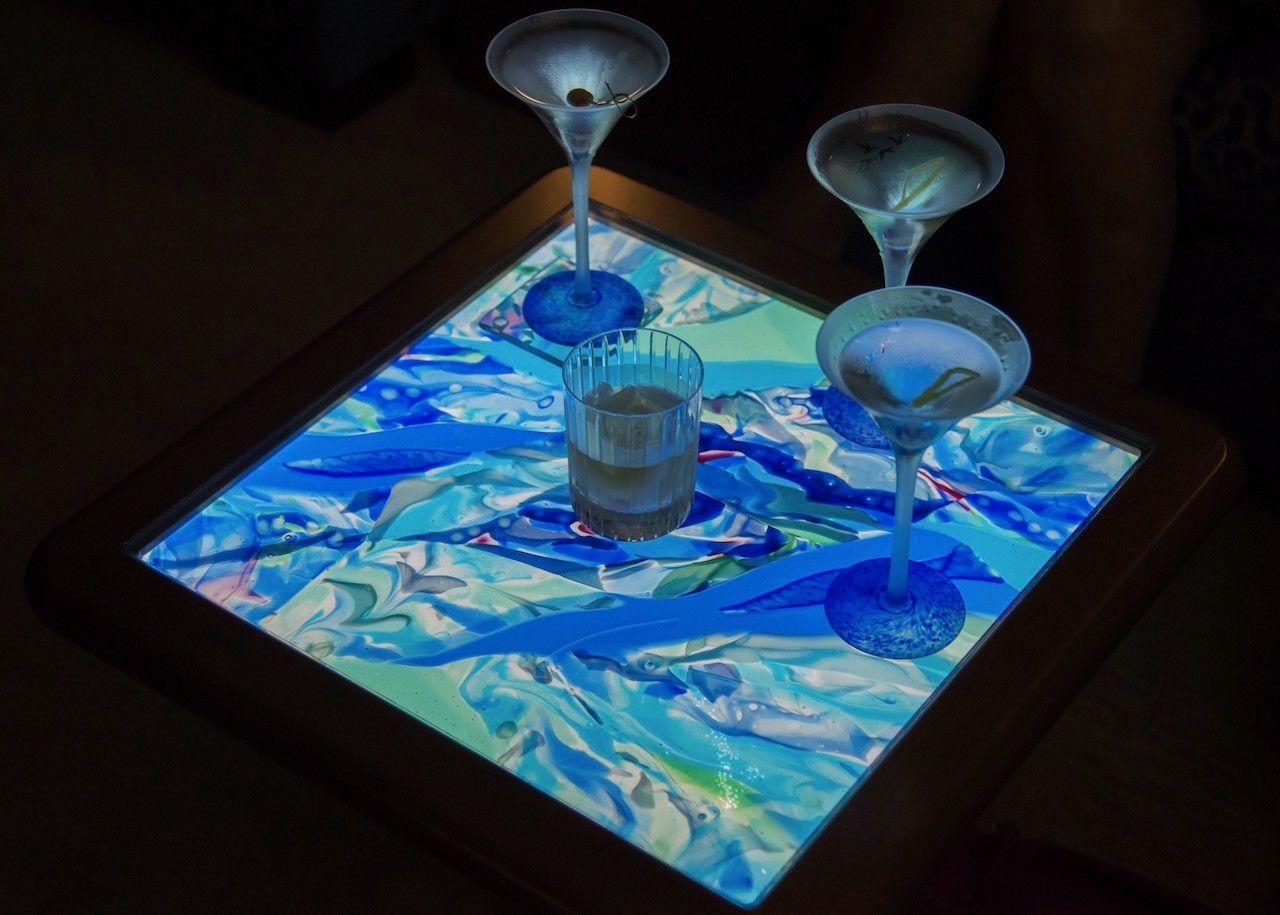We recently connected with Michelle Caron and have shared our conversation below.
Hi Michelle, thanks for joining us today. One of the toughest things about progressing in your creative career is that there are almost always unexpected problems that come up – problems that you often can’t read about in advance, can’t prepare for, etc. Have you had such and experience and if so, can you tell us the story of one of those unexpected problems you’ve encountered?
From my experience, unexpected issues are part of the landscape whenever you’re creating something. They are both the lessons and the opportunities from which creativity flows. I find this particularly true with fused glass projects as there are so many factors that impact the final result. Each time I open the kiln, there is the potential for unexpected joy and heart wrenching disaster. Despite the preparing, planning, and checking twice, physics has a way of introducing just enough chaos into the mix to keep it interesting. There’s nothing like opening the kiln after the fourth (and hopefully final) firing of a commissioned piece to find it cracked right down the middle. The lesson learned was that heating up slowly means cooling down slowly too. The opportunity was to see the crack line (once re-fired) as the perfect location for some frothy tack fired glass frit that added movement to the piece in a way I had not seen before.


As always, we appreciate you sharing your insights and we’ve got a few more questions for you, but before we get to all of that can you take a minute to introduce yourself and give our readers some of your back background and context?
I’m a glass artist working with fused glass, stained glass and art glass mosaic. The bumper sticker version of my journey is fashioned after that of a dear friend and amazing artist Lauren Okano. My journey with glass germinated in France, took root in Hawaii and is branching out in Oregon. I spent a year studying in France and the first time I walked into a medieval cathedral, I was mesmerized by the light, the color, the line and the history. The way the stained glass transformed the space into a spiritual one was breathtaking. Living in Hawaii for 35 years provided a rich natural and cultural environment for my artistic expression. Depth of meaning is integral to Hawaiian artistic expression moving from the surface imagery which parallels the personal situation and reflects the deeper, spiritual level. This approach encouraged me to develop designs that have layers of meaning. My recent move to Oregon (just down the road from Bullseye Glass) has afforded me learning opportunities that have given rise to new experiences with glass from a workshop with Vitrionics to a class in Pate de Verre. As I do mostly commission work, my ability to provide a client with a unique design for their glass project that expresses their vision is key to my success. I think of it as finding the hook, the element that pulls ideas together and encourages a fresh perspective. A recent client wanted a design that reflected his family’s muslim faith. The panel was to be a gift for his wife and he was leaning toward a design that was overtly islamic. The panel was to be a companion piece for another panel of a glass mosaic tree. I developed a design that centered on the Islamic motif of the Tree of Immortality. This provided continuity within the space while celebrating the poetic facet of Islam.


What’s the most rewarding aspect of being a creative in your experience?
Each project brings new challenges and I find that very invigorating. Problem solving for one project brings new ideas that apply to projects down the road. This keeps learning, adapting and synthesizing at the forefront. I also enjoy the communication aspect of working with a client. Their perspective opens up different approaches that I wouldn’t have thought of on my own and so there is a collaborative element to my process. Often the projects are for clients in different parts of the country or world and so as I complete a step, I find it helpful and appreciated to explain the process accompanied by photos and what I will be doing next. This also insures no surprises. The best part is seeing the completed glasswork with light streaming through it. The way it transmits and occasionally reflects light makes it quite kinesthetic.


Can you share a story from your journey that illustrates your resilience?
Over the years, I think I have become more resilient to things not working out the way I thought they would. Not always, but often, these experiences provide opportunities if you don’t let panic take over. The time I watched an entire bin of full sheets of glass collapse before my eyes. What emerged (after hours of clean-up) were some amazing shapes that I used in fused glass projects. Or the time I had to flip a 68″ x 68″ panel and hadn’t adequately planned for just how heavy it was. I learned a good lesson in how a fulcrum works and more importantly, the value of good neighbors. Repair work – either brought to me or caused by me, is my least favorite thing to do but it forces me to assess the situation calmly and consider which approach will get the repair done without causing more damage. I think of it as personal character building and often includes taking many deep breaths before getting down to it.


Contact Info:
- Website: www.caronartglass.com


